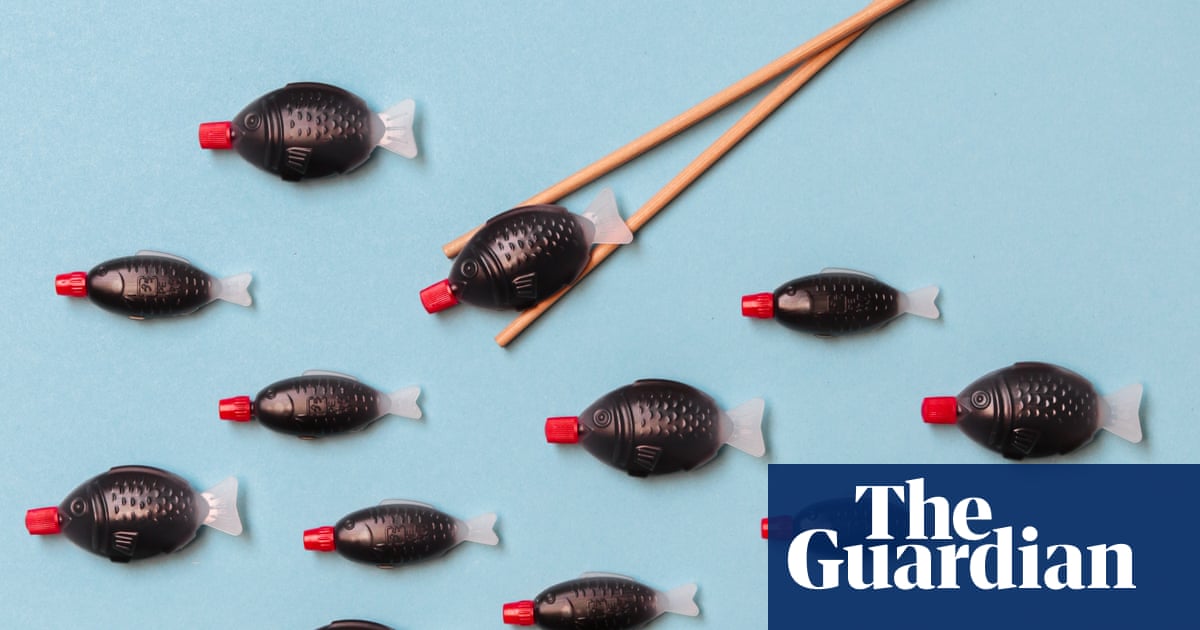The device known as shoyu-tai (or soy-sauce snapper in Japanese) was invented in 1954 by Teruo Watanabe, the founder of Osaka-based company Asahi Sogyo, according to a report from Japan’s Radio Kansai.
It was then common for glass and ceramic containers to be used but the advent of cheap industrial plastics allowed the creation of a small polyethylene container in the shape of a fish, officially named the “Lunch Charm”.
The invention quickly spread around Japan and eventually worldwide, and it is estimated that billions have been produced.



Only relevant for countries that still “recycle” plastics by throwing them into the sea.
Some thrash will end up in nature no matter what you do, especially small and light items. That’s why it’s good practice to design packaging do that it does minimal harm if it ends up in nature.
So all of them.
All of them participate, yes, but on vastly different levels. There are countries that actually collect and recycle.
You misunderstand. I’m saying those countries that think they’re doing a good job, their shit’s going straight to the water too. They’re all fooling themselves. Or more accurately they’re fooling you the consumer and thosr believing recycling works. It doesn’t for the vast vast majority of plastics. So all of them are dumping Plastics in the water.
And we do that in Australia, we just don’t have the capacity to process all the waste (Between 85%-90% of plastic waste goes to landfill instead), and even then the recyclability of plastic is vastly overstated.
It’s a much better idea to just prevent the plastic waste being produced in the first place.
We don’t do landfills for what? 20 Years? Something like that.